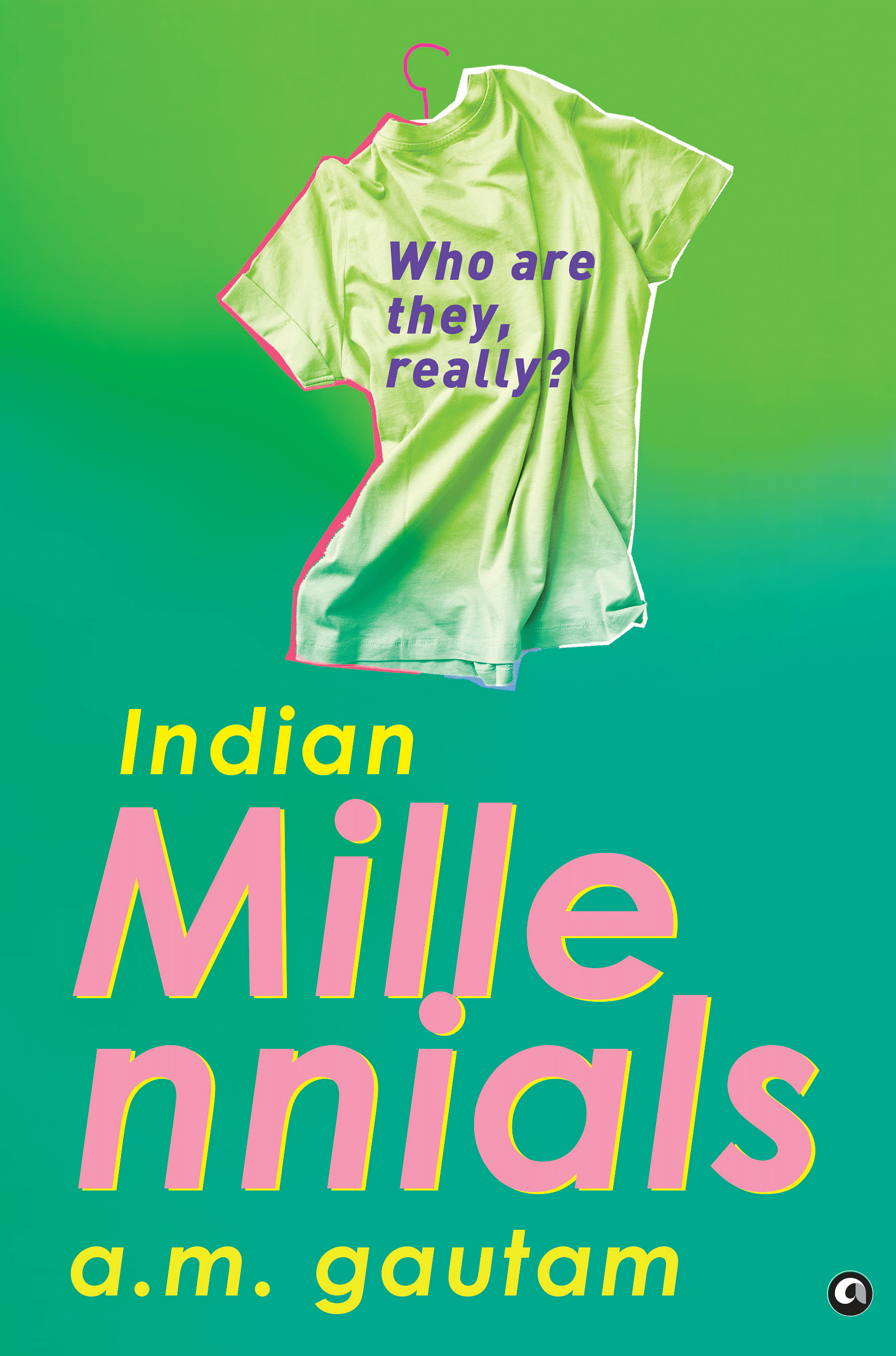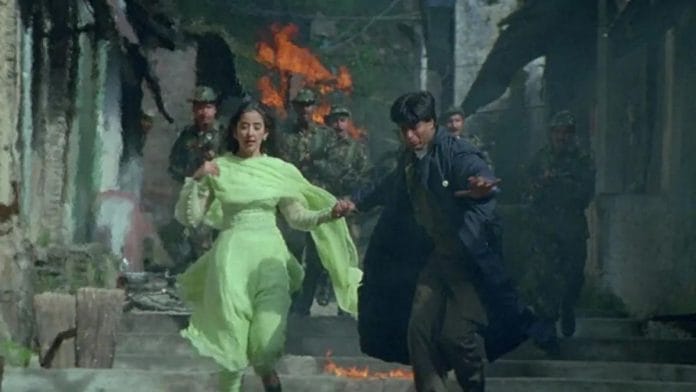As most writers would tell you, we write not so much to provide answers to our readers as to figure things out for ourselves. In the course of writing this particular essay, I hope to know some of the things I have been wondering about The Kashmir Files (2022).
It would be better to clarify at the outset that this is not a movie review or a critique. The term that comes to mind rather easily is ‘dissection’, because when talking about this film I imagine myself cutting open a plague-ridden rat to shine a light on its anatomy. The dissection may help us better understand the disease, identify similarly infected rodents, and prepare ourselves for the swarm coming our way. In doing so, however, I do not mean to undermine the very real tragedy of the Kashmiri Pandit exodus in any way.
Before beginning to write this, I spent a good amount of time asking myself what makes me qualified to write about this particular subject. I am, after all, neither a Kashmir expert nor a film critic. I know a few Kashmiris, but none of them closely enough to claim friendship or gain an understanding of their very unique issues, and I have never been to Kashmir myself. My ideas about the various forces at play there leave much to be desired in terms of nuance, I am sure, having mostly been absorbed off paper and screens.
But, ironically enough, it is precisely this ignorance that makes me, the average Indian (and Hindu) citizen, best suited to write about TKF. It has been made for my demographic cohort, not for those who have expertise in Kashmiri matters or love movies an inordinate amount, and it certainly has not been made for Kashmiris themselves. In any case, I will refrain from commenting on the movie’s cinematic quality here and will limit my comments on Kashmir to the movie’s context.
To understand exactly what I think of TKF, and why, I will start by setting up the context of how other movies affected my perception of Kashmir. On the way, we will also stop by a few other propaganda movies from recent years to see why this one has been so much more successful.
Also read: Gen Z is giving up on dating apps. Turning to parents, Shaadi.com & LinkedIn
By 1994, the year I was born, Kashmiri Pandits had already spent four years in exile and Kashmir had been under the Armed Forces Special Powers Act (AFSPA) since September 1990. In Haridwar, some 650-odd kilometres away, all this may have been happening on a different planet for all I knew about it growing up.
My first interaction with the region, as an object in the public imagination, was at age seven via, what else, a movie.
Doodh mangoge toh kheer denge, Kashmir mangoge toh cheer denge (Ask for milk, we will give you kheer, but you’ll be dead if you ask for Kashmir), a classmate of mine kept repeating gleefully in response to everything for two whole days, having picked it up from Sunny Deol’s Maa Tujhhe Salaam (2002). I didn’t get to watch the film, probably because my parents judged it to be the same sort of thing as Gadar (which also featured Sunny Deol and had been very popular just six months ago), though I did get my mother to prepare kheer as a result of hearing about it incessantly from the aforementioned classmate.
Movies and news, however, soon became the painters of Kashmir’s picture for me, as they did for so many others who did not have the maturity, time, resources, or any reason to dig deeper.
The news from Kashmir, generally, was about soldiers killing militants and militants killing soldiers, followed by politicians meeting other politicians and talking in politician-speak. A routine like that gets old pretty fast for kids who are used to seeing ample amounts of violence on their screens, and they cannot really distinguish the death of a character in Border (1997) from a death being reported in the news. But movies have an emotional heft to them that news lacks, and for better or worse the characters in Border are more memorable than a list of names read out by some lady on Doordarshan. The long and short of it was that fact and fiction all mixed up together in my head to establish an image of Kashmir as a ‘disturbed region’.
When the protagonists in Roja (1992) visit Kashmir for the first time and A. R. Rehman croons in the background, ‘Yeh haseen vadiyaan, yeh khula aasman. Aa gaye hum kahan, ae mere jaane jaan? (These beautiful valleys, this open sky. What is this place we have come to, my love?)’ I was as awestruck as the newlywed couple by the scenic beauty. Like them, I too was scared when a van full of militants kidnapped the hero and zoomed off to their labyrinthian ghetto of hovels and hidey-holes.
Dil Se (1998) informed me that militants had their own stories to tell and it was possible to empathize with them even as we understood the futility of using violence to avenge violence (to date Dil Se remains the only mainstream movie I know that mentions the Kunan-Poshpora mass rapes allegedly perpetrated by the Indian Army on Kashmiri villagers). Around the same time, I also remember thinking that the journalist played by Preity Zinta in Lakshya (2004) was being unnecessarily obtuse when she bothered the army men (including the protagonist, played by Hrithik Roshan) with questions about such frivolities as human rights and collateral damage.
I mention these films and their effect on me because so many others of my age, from a similar socioeconomic background as me, watched them too, danced to Chaiyaa Chaiyaa, dreamt of enlisting in the armed forces after watching Lakshya, and worried about the fate of Roja’s patriotic husband. These were the movies that defined Kashmir as the ‘Beautiful Place, Dangerous Place’ for my generation. When I look back at these movies now, I see them with eyes that are better equipped to differentiate fact from fiction, but the impact of films on shaping public perception cannot be underestimated.
Its ability to shape new realities, especially insofar as it involves a reconstruction of the past, is why so many regimes throughout history have used cinema as a tool of propaganda. It happens to other mediums of entertainment too, but as Siegfried Kracauer, the German film theorist, has explained in his analysis of Weimar Germany’s cinema, movies are unique among the arts because they do not ask for any intellect as a prerequisite from their audience.
The finances involved in filmmaking are enough to guarantee that most films are made, first and foremost, to appeal to the masses, not for posterity or some lofty ideals. They are, more than any other art form, a product of our time, made to satisfy and please the people of our times. This is why, in addition to affecting the beliefs of a society, films can also tell us what that society wants to believe.
But, if films exercise so much influence over us then does it follow that all movies are propaganda in their own way? And if that is true then why do movies like TKF deserve special examination?
 This excerpt from Indian Millennials: Who Are They, Really? by AM Gautam has been published with permission from Aleph Book Company India.
This excerpt from Indian Millennials: Who Are They, Really? by AM Gautam has been published with permission from Aleph Book Company India.






